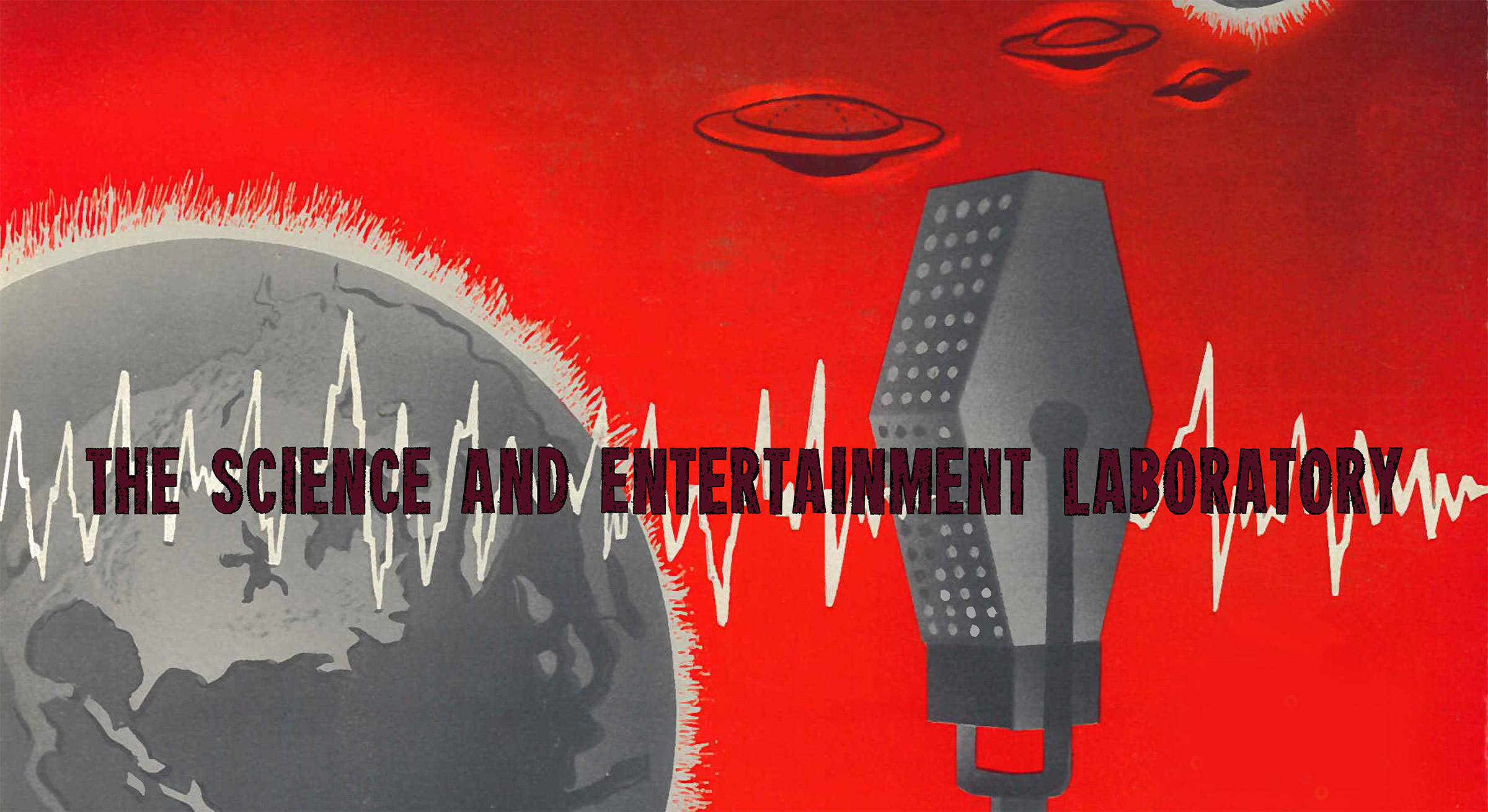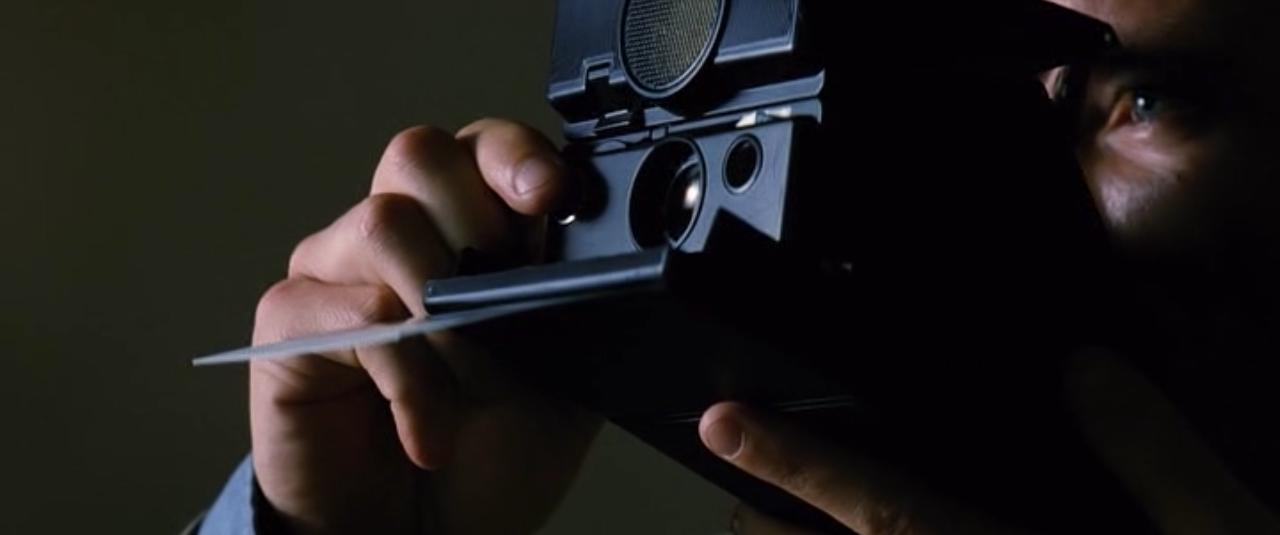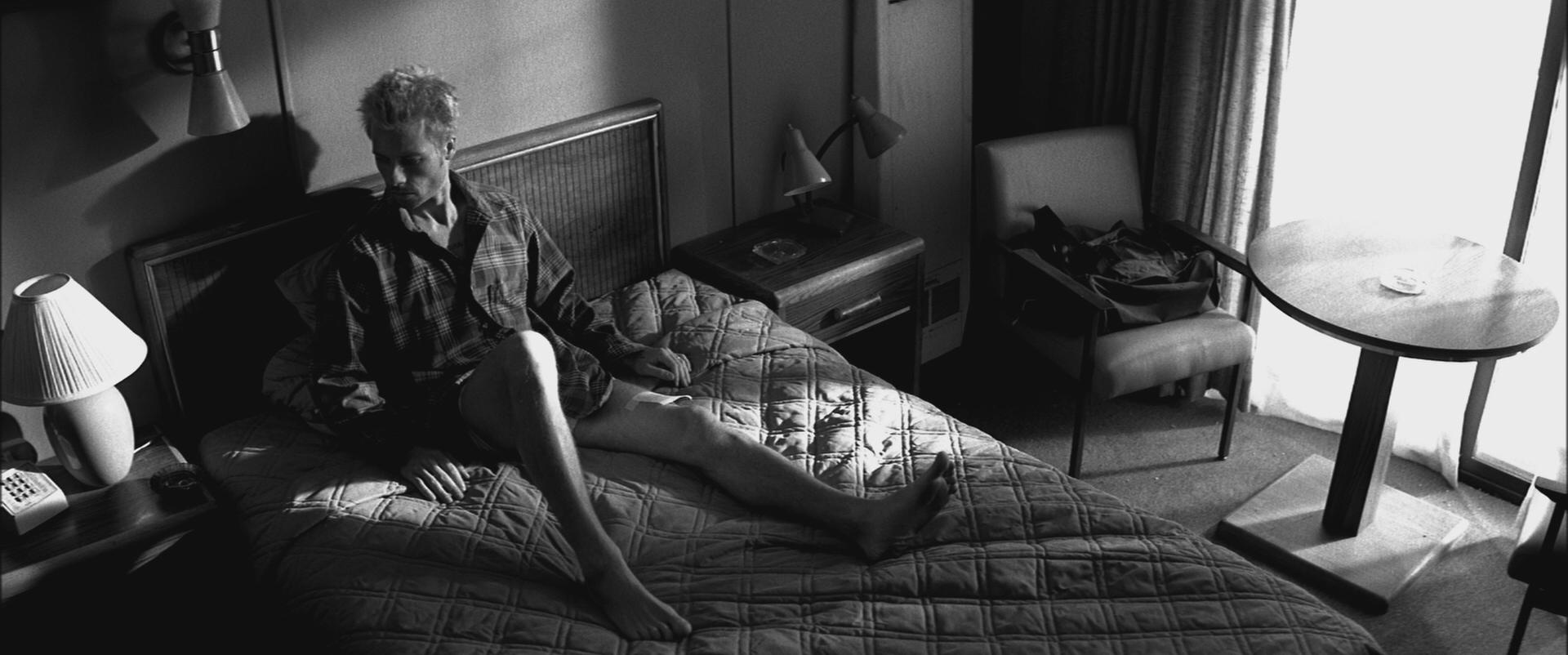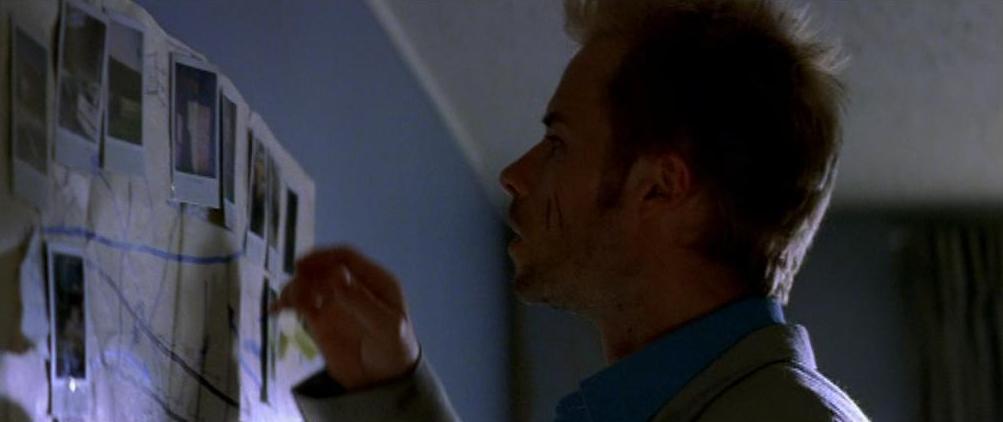This post includes minor spoilers for the film Memento (2000)
When it comes to reviewing films about characters with memory disorders, medical practitioners and neuroscientists are difficult to please. Entertainment films that deal with the topic of memory loss (amnesia) and other memory problems caused by neurological damage are routinely reviewed in medical and scientific journals including Advances in Clinical Neuroscience and Rehabilitation, The Lancet, British Medical Journal, and Scientific American Mind. In addition, clinicians, scientists, and science journalists use digital media to disseminate their analysis and opinion of films that focus on neurological themes. Not surprisingly, films about memory disorders are closely scrutinized by clinicians, especially in terms of the extent to which a character with brain damage and memory problems on screen corresponds with a scientifically plausible cause, clinical symptoms, medical treatment, and outcome or cure.
The majority of entertainment films that focus on a character with a neurological memory disorder do not fare well under the penetrating gaze of clinicians and neuroscientists. Clinical neuropsychologist Sallie Baxendale has identified a variety of cinematic clichés and tropes used in films that serve as plot devices but bear little resemblance to patient experience or existing medical knowledge. For instance, ‘two bumps are better than one’ where a character suffers an initial head injury causing a loss of memory for events before accident (retrograde amnesia), and a subsequent head injury that conveniently results in the complete recovery of lost memories. Another recurrent cinematic cliché is the loss of identity or dramatic personality change exhibited by amnesic characters. Baxendale and other clinicians such as neuropsychologist Mary V. Spiers believe it is their responsibility to draw attention to inaccuracies in cinematic portrayals brain disorders, and inform filmmakers and audiences about real brain science. One of the primary purposes of websites such as NeuroPsyFi.com is to dispel ‘neuromyths’ by providing critical reviews of films from a neuroscientific perspective.
A few films have been applauded by clinicians and scientists because of their supposed scientific plausibility, especially films that focus on a main character who displays clinically recognizable symptoms that can be explained with existing neuroscientific theories of memory. This blog post and my subsequent post here on ScieEntLab, will focus on two films – Memento (2000) and The Diving Bell and the Butterfly (2007) – that have consistently been cited in medical and non-medical texts as exemplary cinematic portrayals of people with identifiable disturbances of memory and consciousness caused by neurological damage.
Rather than simply recount how these films measure up to clinical observations of neurological patients and scientific studies on the relationship between the brain and memory, I want to draw attention to ways in which the filmmakers used narrative techniques, cinematography, music and sound to communicate what it feels like, from the perspective of a character who has sustained neurological damage, to experience disordered memories. Both films I’ve selected attempt to ‘get inside the head’ of the lead character and show audiences how memories are transformed or lost following severe traumatic brain injury. More subtly, perhaps, the films underscore the fragility of memories and remembering as not just functions of the brain but also cultural practices and artifacts that are deeply enmeshed with our understanding of time, place, and identity.
Using a combination of innovative narrative forms and cinematic techniques such as flashbacks and montage sequences, these films frame the creation of memories and the act of remembering as embodied skills. Moreover, for the characters in these films as well as the audience memories constitute aesthetic experiences that tap into emotional responses. In their own way, Memento and The Diving Bell and the Butterfly illuminate the intricate and finely balanced relationship between embodiment, memory, and imagination.
Memento (2000) is a neo-noir psychological thriller in which the lead character, former insurance investigator, Leonard Shelby (played by Guy Pearce) searches for his wife’s killer after sustaining a serious head injury during a burglary that led to his wife’s rape and murder. Leonard’s search for the murderer is deeply problematic and convoluted because his head injury has resulted in brain damage that renders him unable to create new memories after the accident (severe anterograde amnesia). Leonard’s long term memory of his life before the head injury remains intact, but he is unable to create new short term memories after the injury because his memory span is reduced to approximately 15 minutes. The film traces how Leonard employs devices such as Polaroid instant camera and other practical techniques in an attempt to compensate for his severe memory problem. Using a combination of recording devices and investigative methods to create new memories, Leonard collects clues about the identity of his wife’s murderer so he can exact revenge. Before taking closer look at how the filmmakers portrayed Leonard’s nightmarish experience of profound short term memory loss, it’s worth pointing out a few details about the film’s provenance.
Memento is low budget ($5-9 million, shot in 25 days) independent film directed by Christopher Nolan. On completion it was rejected by major US film Studios before being distributed by the film’s financiers Newmarket Films and premiered in 2000 at the Venice International Film Festival. The screenplay was written by Christopher Nolan and based on a short story Memento Mori by his brother Jonathan Nolan that was published in the magazine Esquire shortly after the film was released. The short story and screenplay grew out of a conversation between the brothers whilst driving from Chicago to Los Angeles. Prior to the discussion, Jonathan Nolan had attended a general psychology class at Georgetown University in 1996, and was fascinated on hearing about neurological case studies of patients with severe anterograde amnesia who were unable to create new memories. Jonathan Nolan subsequently told his brother that he planned to write a story to explore the subjective experience of a fictional character with severe anterograde amnesia. After their car journey they agreed Jonathan would write a story on the proposed theme while Christopher would pen the screenplay.
Christopher Nolan was aware of published medical case reports of brain damaged patients with profound anterograde amnesia, such as the widely known and extensive body of medical and psychological literature on an amnesic patient referred to as ‘HM’ (Henry Molaison). However, while writing the screenplay and making the film the director made a conscious decision to not spend too much time researching medical accounts of people with anterograde amnesia. Rather than relying on published case studies of neurological patients to create the character Leonard Shelby, Christopher Nolan used the medical literature as a starting off point or catalyst early on in the screenwriting process. He was keen to portray Shelby as an everyman rather than a ‘medical freak’. The memory problems and practical solutions devised by the character Leonard on screen were meant to be an exaggerated version of how most people, not just those with brain damage, attempt to create, maintain, and recall memories in everyday situations. In addition to exploring the topic of memory problems, experienced vicariously through the severely amnesic Leonard, Memento also highlights the tension between subjective views of the world and faith in reality that transcends or exists alongside the vagaries of memory.
So how did Christopher Nolan and his team of filmmakers portray the subjective experience of severe anterograde amnesia? The opening shot – a gruesome gunshot murder played backwards and close up of a hand wafting an instant Polaroid of the blood-spattered body, causing the photograph to grow fainter and ‘undevelop’ before our eyes – serves as a striking visual metaphor for how Leonard’s memory for events, people, and places rapidly fades and disappears without leaving a trace. One of the reasons why this scene works so well is because of the long-established link between perception, memory and photography in scientific models and, more generally, in non-scientific accounts of how memories are created, stored, and reproduced.
The most striking way in which Memento simulates the experience of being unable to create new memories is through the skilful interleaving of two different sequences – one shot in colour and the other in black and white. Both sequences are linear and comprised of short (approximately 5 minute) episodes. The film alternates between the colour and black and white sequence. Episodes in the colour sequence appear to be a subjective account of Leonard’s attempt to find and kill the man who murdered his wife. A more objective, almost documentary style, black and white sequence focuses on Leonard explaining his memory disorder over the phone in a motel room and includes flashbacks to a back story of his earlier life with his wife and work as an insurance investigator, prior to his head injury. Importantly, although the colour sequence is a linear presentation of events the episodes are shown in reverse order. In effect, this means that the audience watches the storyline in the colour sequence unfold on screen in reverse chronological order – a murder is shown on screen in the first colour segment (as described above) and subsequent episodes reveal what happened immediately before. In contrast, episodes in the black and white sequence are shown in conventional chronological order and show Leonard and others in events that occurred before the colour sequence.
As Christopher Nolan has explained, presentation of the colour sequence in reverse chronology is as a powerful tool for altering the narrative structure and meaning of the film. Confusion and uncertainty experienced while watching the film (especially for the first time) and the effort required by the audience to remember, (re)assemble, and (re)interpret the colour sequence into a chronological order is meant to simulate what it might feel like to have severe anterograde amnesia. Likewise, Leonard’s brain injury severely reduced his short-term memory span and this prevented him from forming new memories, which in turn confounded his repeated attempts to understand the chronology of recent events and interpret the motivation of other characters over time. As Leonard observes, “It’s like waking up. It’s like you just woke up”. In addition to allowing the audience to experience something similar to Leonard’s ‘condition’, the film tacitly invites the audience to play detective and solve a series of unpredictable scenarios and inconsistent aspects of the film. The inconsistencies constitute a set of interconnected puzzles that need to be solved in order to make sense of the enigmatic characters and the story as it unfolds unpredictably on screen.
Nolan and the film editor Dody Dorn did a remarkable job dissecting the film footage with surgical precision and reassembling it into alternating sequences with the colour and black and white episodes. The interweaving of film sequences in Memento is meant to provide an insight into Leonard’s monumental effort to cope with his memory loss and develop practical methods such as using Polaroid instant photographs and body tattoos to create new memories, maintain a sense of identity and purpose, and interact with other characters. What appears to be Leonard’s perception of events since the onset of his amnesia, the sequence shot in colour and presented in reverse order, conveys how his short term memory loss results in an experience of the world that is fragmented, incomplete, and unreliable.
Interestingly, editing the film into constituent parts and their rearrangement to restructure the film narrative and convey Leonard’s fragmented and transitory memories could be seen as the opposite of what Soviet neurologist Alexander Luria did with autobiographical text written by his neurological patient Lev Zasetsky. After sustaining massive brain injury as a soldier on the Russian front during the Second World War II, Zasetsky experienced multiple long-term cognitive and perceptual problems including severe retrograde and anterograde amnesia. Indeed, the problems caused by the neurological damage were so severe that Zasetsky’s perception of this body and the world he inhabited was reduced to a series of highly unstable and fleeting sensory fragments that flickered in and out of existence. Over a period of 26 years, Luria studied and reassembled text from Zasetsky’s autobiographical journal, and the result was published in the 1972 book The Man with a Shattered World.
In some respects, Luria’s piecing together of the journal entries into a narrative to reveal how Zasetsky struggled to recover his memories and make sense of his ‘shattered world’ mirrors to how Nolan and Dorn reassembled film sequences in Memento to provide an insight into Leonard’s effort to cope with his memory problem. Nolan’s approach involved editing the film into sequences of events comprised of discrete episodes and showing them in reverse to reveal how short term memory loss resulted in an experience of the world that is fragmented and unpredictable.
In addition using editing techniques to disrupt the narrative structure of Memento and simulate the Leonard’s memory problem, Nolan utilized the skills of his cinematographer Wally Pfister and others who worked on the film to communicate Leonard’s memory problem in different ways. For instance, Pfister selected a particular film stock (5122) to shoot the black and white sequence that had high contrast because he and Nolan wanted to create a look that resembled traditional film noir but brighter. Other films with neo-noir elements – notably Ridley Scott’s 1982 Blade Runner – also explore the theme of memory, consciousness, and identity. When the black and white film stock was used for scenes Memento, in conjunction with lighting techniques and camera positions above and up close to the character, the resulting footage helped to create a claustrophobic and observational documentary style look that echoed Leonard’s confusion and fitful attempts to remember events that occurred before his brain injury. Another key contribution to the portrayal of Leonard’s memory problem is composer David Julyan’s minimalist sound score, which includes glacial synthesised strings with flourishes of discordant notes and underlying hypnotic drones that serve to demarcate and, in some instances, blend Leonard’s memories.
Nolan’s use of innovative editing, cinematography, sound and music to render Leonard’s experiences on screen point the audience’s attention to temporal aspects of memory formation and the process of remembering. Moreover, a number of scenes in Memento shed light on ways in which physical artifacts – Polaroid photographs, hand written notes, body tattoos, and diagrams – are a form of extended or embodied memory and serve as constituents in the continual (re)construction of his past, present, and future. For instance, in many scenes Leonard creates a physical trace such as an instant Polaroid photograph or a permanent tattoo inscribed on his body to create not just a memory but, rather, what he believes is a ‘fact’ that will help him make sense of an ever changing world and help him make plans, in particular finding and killing the person who murdered his wife.
The gradual accretion and malleability of physical artifacts, memories, and facts is exemplified in objects shown on screen, notably the large hand drawn diagram pinned to the wall of his motel room and the collection of heavily annotated documents stored in his investigative file held together with a rubber band. Leonard’s ‘condition’ may appear extraordinary, but the practical skills and objects he uses to compensate for his memory loss and establish ‘facts’ can also be interpreted as an exaggerated version of what otherwise appear commonplace. As Leonard explains:
Facts not memories – that’s how you investigate. I know. That’s what I used to do. Look, memory can change the shape of a room. It can change the colour of a car. And memories can be distorted. They’re just an interpretation. They’re not a record. They’re irrelevant if you have the facts.
(Memento, 2000)
Extending beyond the world of Memento, I imagine psychologist Elizabeth Loftus and others would concur with Leonard views regarding the unreliability of memories. However, clinicians are also eager to identify neuromyths and wherever possible correct inaccuracies in cinematic portrayals of amnesia and other conditions that are ‘neurologically improbable’. Thankfully, at least some clinicians acknowledge that medical professionals should not prescribe the content of films that deal with neurological themes. As Baxendale has noted in her article on portrayals of amnesia in films:
The medical profession cannot, and indeed should not, dictate cinematic content. However, since movies both inform and reflect public opinion, the public seems to have very little understanding of amnesic syndromes. Amnesia as portrayed in the movies is more in keeping with a psychiatric than an organic cause. Clinicians should be aware of this when talking to patients and their relatives.
My forthcoming SciEntLab post – the second in a series of two on memory and film – will focus on a cinematic portrayal of person with the rare neurological condition ‘locked-in syndrome’ and his memories in Julian Schnabel‘s exquisite screen adaption of Jean-Dominique Bauby’s (1997) remarkable memoir Le Scaphandre et le Papillon (English: The Diving Bell and the Butterfly).




 Follow
Follow